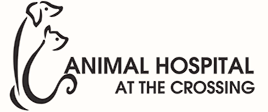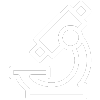Services
At Animal Hospital at the Crossing, we offer a broad range of state-of-the-art medical, diagnostic, surgical, wellness, and preventative health care for dogs and cats.
We are strong promoters of preventative veterinary care and encourage a proactive approach to dog and cat health as provided through our wellness medical care plans. We work closely with each of our clients to ensure that they receive accurate, up-to-date information concerning their pet so they may make the very best veterinary health care decisions for their pets.
Services include:










